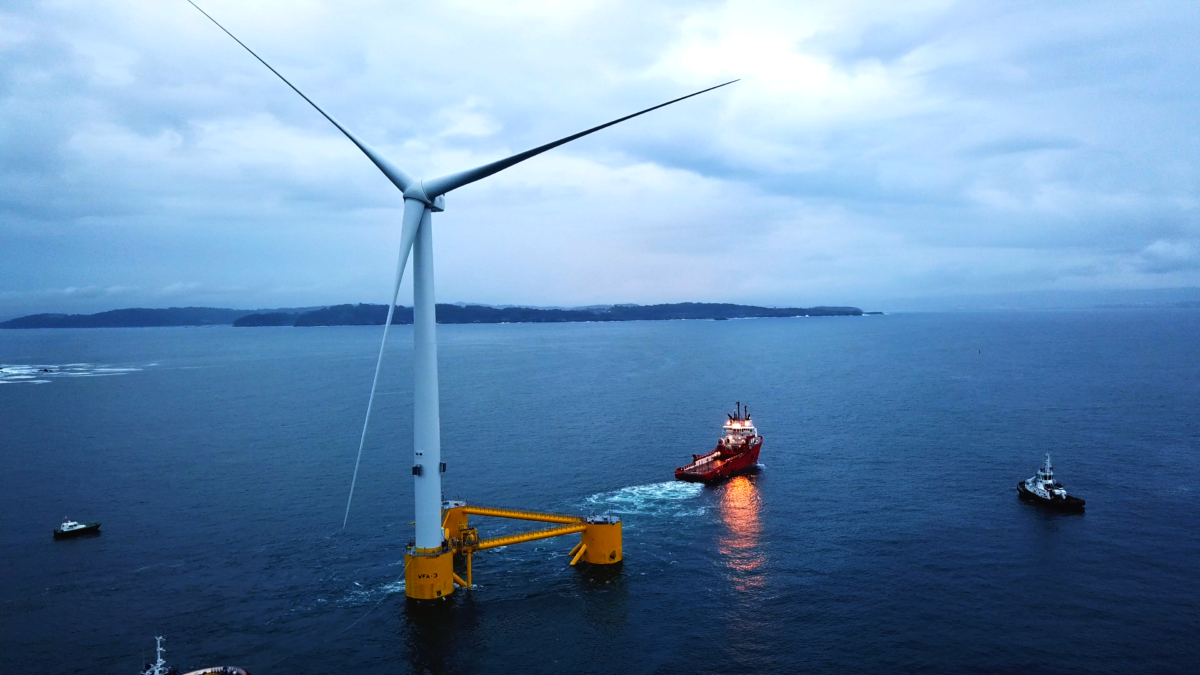With over 300,000 electric or plug-in hybrid vehicles in the UK, these days there’s a good chance someone on your street is driving an electric car. You might even have one yourself or have considered buying one. They are quiet, surprisingly powerful, and cheap to run (without getting too complicated, an electric car can cost around ¼ as much as petrol to drive per mile).

Reasoned debate continues over the viability of EVs to replace petrol and diesel. One argument is that EVs will put too much load on electrical distribution networks, causing power shortages or infrastructure degradation and necessitating expensive grid improvements.
A solution exists: vehicle-to-grid technology. Using a smart charger, your electric car can become a giant battery, charging when there is surplus power in the grid (for example at lunchtime when you are parked at work and there is plenty of solar power being produced) and then selling this electricity back to the grid when demand is high, like during the evening when everyone is at home making dinner.
Early trials combining V2G with smart tariffs such as Octopus Agile have actually managed to be paid to charge their electric car, because the tariff supplies electricity at negative prices during the night when offshore wind and baseload nuclear mean there is surplus power on the grid. This electricity can then be sold back to the grid the next day when demand is high. It has been estimated that V2G could provide up to 11GW of flexible capacity to the grid, roughly equivalent to having a thousand of these MHI Vestas V164 turbines handy when they’re needed:

Over the last ten years the proliferation of rooftop solar has familiarised the public to the concept of the “prosumer”; a hybrid customer who produces electricity as well as consuming it. This solar boom was achieved by policy, chiefly the Feed-in Tariff (FiT). It is proof that government backing can stimulate private uptake of technology such as PV which has a positive effect on the carbon intensity of the grid; couldn’t policies be deployed to encourage uptake of V2G?
One promising element of the BEIS clean growth strategy published in 2017 was the investment of 2.4% of GDP into fields such as artificial intelligence and battery improvement, which will stimulate growth in this kind of smart technology. V2G is an opportunity to incentivise electric vehicle use, thereby lowering demand for fossil fuels, and at the same time improving grid stability. Furthermore, this extra capacity would reduce the need for the capacity and ancillary markets, saving the taxpayer and the billpayer money on top of the income from selling stored electricity back to the grid.
Reduce emissions, improve grid security, save billpayers money, sound familiar? These are the three sides of the energy trilemma, and Vehicle-To-Grid could just be part of the solution.